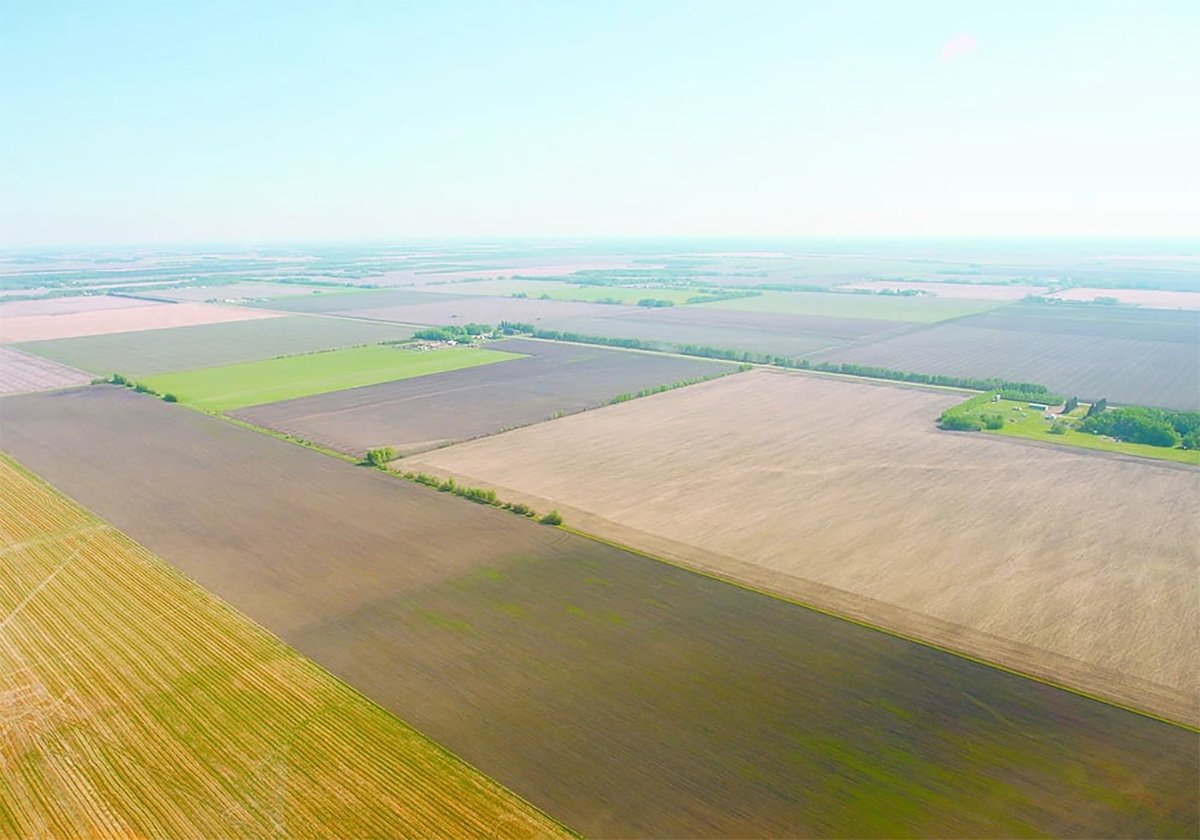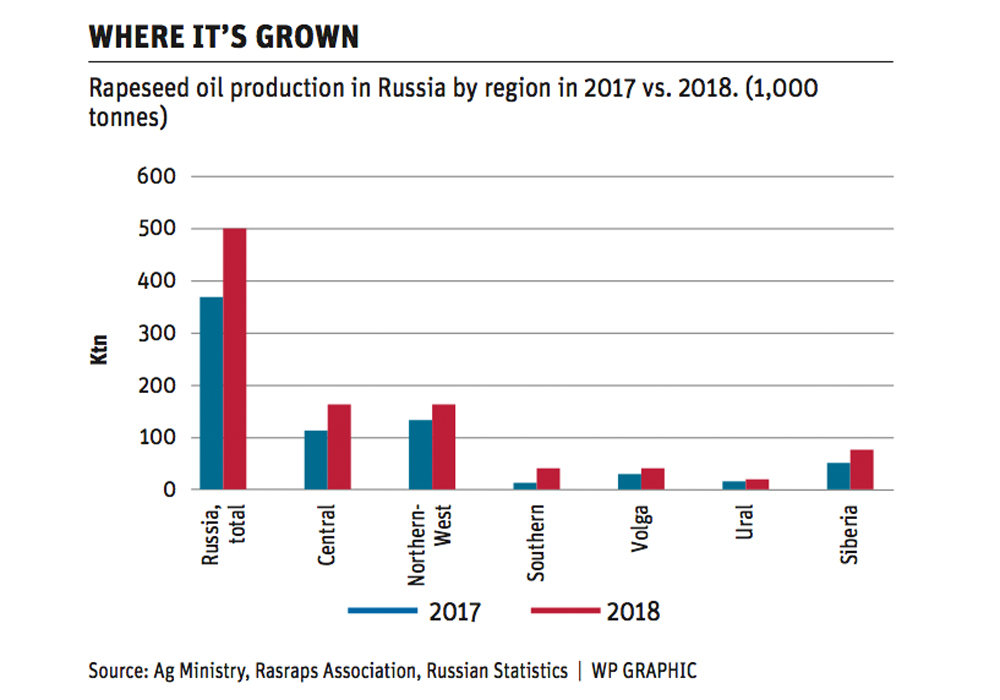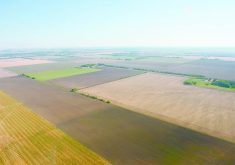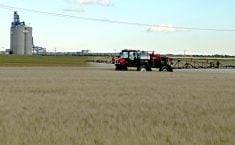The country planted 4.45 million acres of rapeseed this year, but that is expected to increase to 12.35 million by 2024
Russia is rapidly emerging as a competitive threat to Canadian canola exporters, says an industry official.
Rapeseed planting has been steadily growing over the past decade, reaching 4.45 million acres in 2019, said Sergey Tuchin, head of oilseeds with the German Seed Alliance.
Plantings are expected to be several times that level in five years, with some forecasts calling for 12.35 million acres by 2024, he told delegates attending the Canola Industry Meeting in Saskatoon.
Most of the increase has been in spring rapeseed, which accounted for 78 percent of what was planted this year.
Read Also

Saskatchewan amends farm land ownership regulations
The Canada Pension Plan Investment Board can no longer own Saskatchewan farmland.
Farmers produced 2.2 million tonnes of the oilseed in 2019, up from 200,000 tonnes a decade ago. That is about one-tenth of Canada’s estimated canola production.
Rapeseed is no longer a niche crop in Russia but it is still early days. The industry is looking at Western Canada for guidance and advice because growing conditions are similar in the two countries.
“Your experience is very positive for us to increase the importance of canola in Russia because we’re still in the beginning,” said Tuchin.
He noted that the main spring rapeseed area, known as the Siberian rapeseed belt, stretches from the Ural mountains to the Altai mountains. It covers a distance equal to that of Winnipeg to Edmonton.
Russia has an estimated 100 million acres of abandoned farmland from the Soviet era that could be brought back into crop production.
“We have huge potential to cultivate abandoned lands,” he said.
There are many acres in northwestern Russia and Siberia that could be converted into rapeseed production with the help of herbicide tolerant varieties. Clearfield is the only herbicide tolerant system available in Russia.
Russian farmers like growing rapeseed because it offers stable prices, there is high demand for the product and crushers pay healthy premiums for quality.
In 2018, Russia exported 471,800 tonnes of rapeseed oil and another 485,500 tonnes of seed.
The top three oil customers were Norway, China and Latvia. Almost all of the seed exports went to Belarus, China and Mongolia.
The meal is used by Russia’s dairy farmers. It can replace soybean meal in rations, with the ability to feed up to 2.5 kilograms per day to cattle.
But there are challenges. The biggest one is that half of spring canola farmers and 30 percent of the winter canola growers continue to use farm-saved seed rather than new hybrids.
That is the main reason why the country’s average yield is about 27 bushels per acre.
Tuchin said persistent drought is another big issue. It is causing delayed seeding, uneven emergence and late development and harvests.
Cabbage moth is a new pest that is hurting yields in many regions. Cutworm and pollen beetles are two other insects of concern.
Sclerotinia is the biggest disease issue.
“Hopefully we don’t have clubroot,” he said.
Another limiting factor is that canola oil isn’t used in Russian cuisine. They primarily use sunflower oil. But some consumers are now starting to use canola oil due to its health benefits.


















